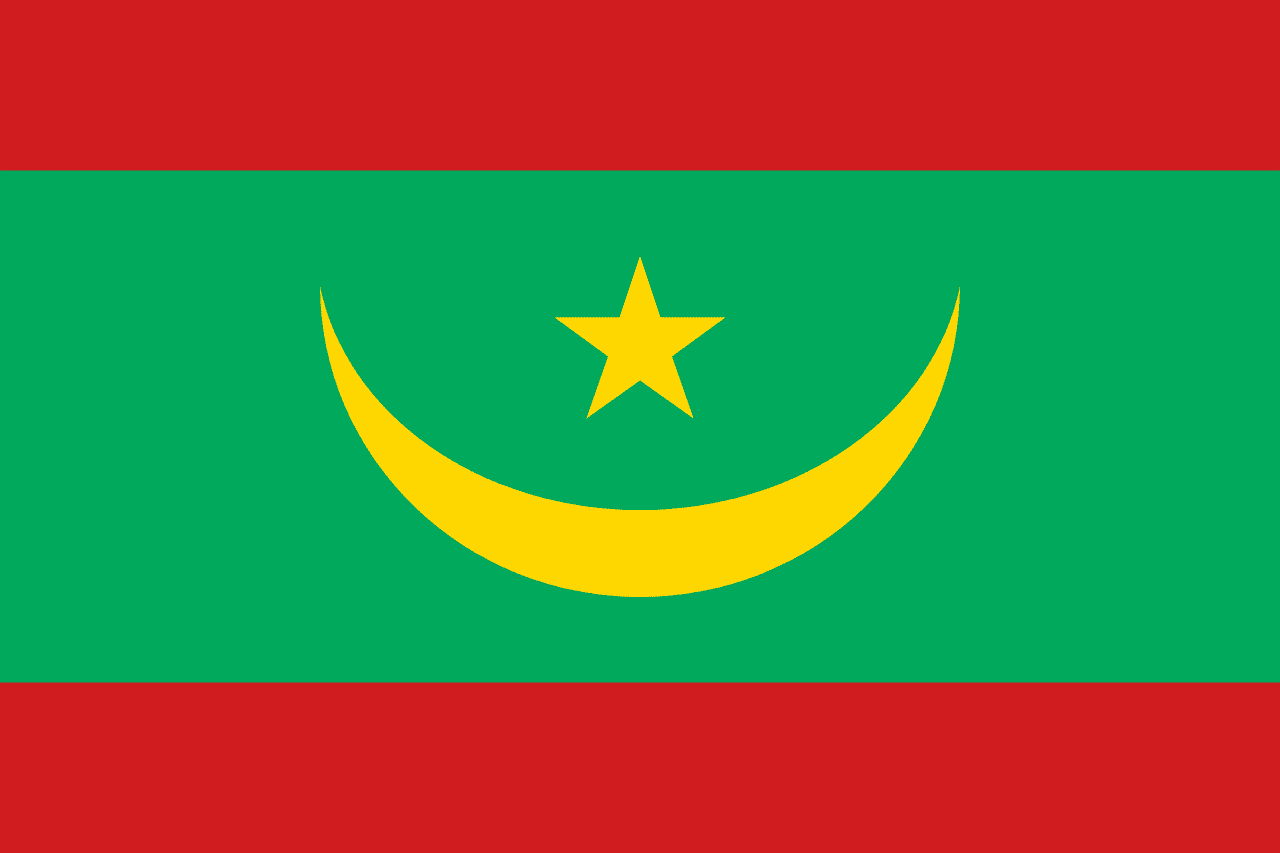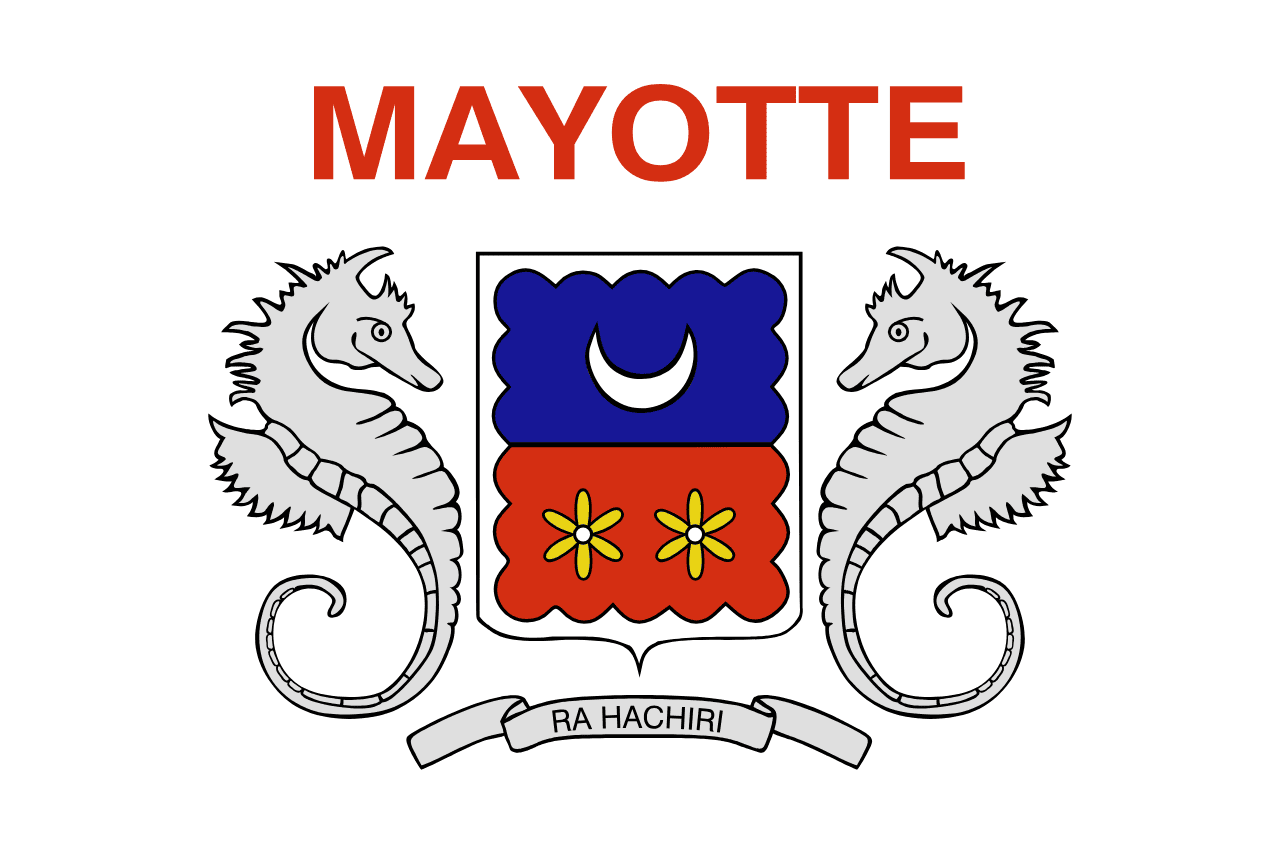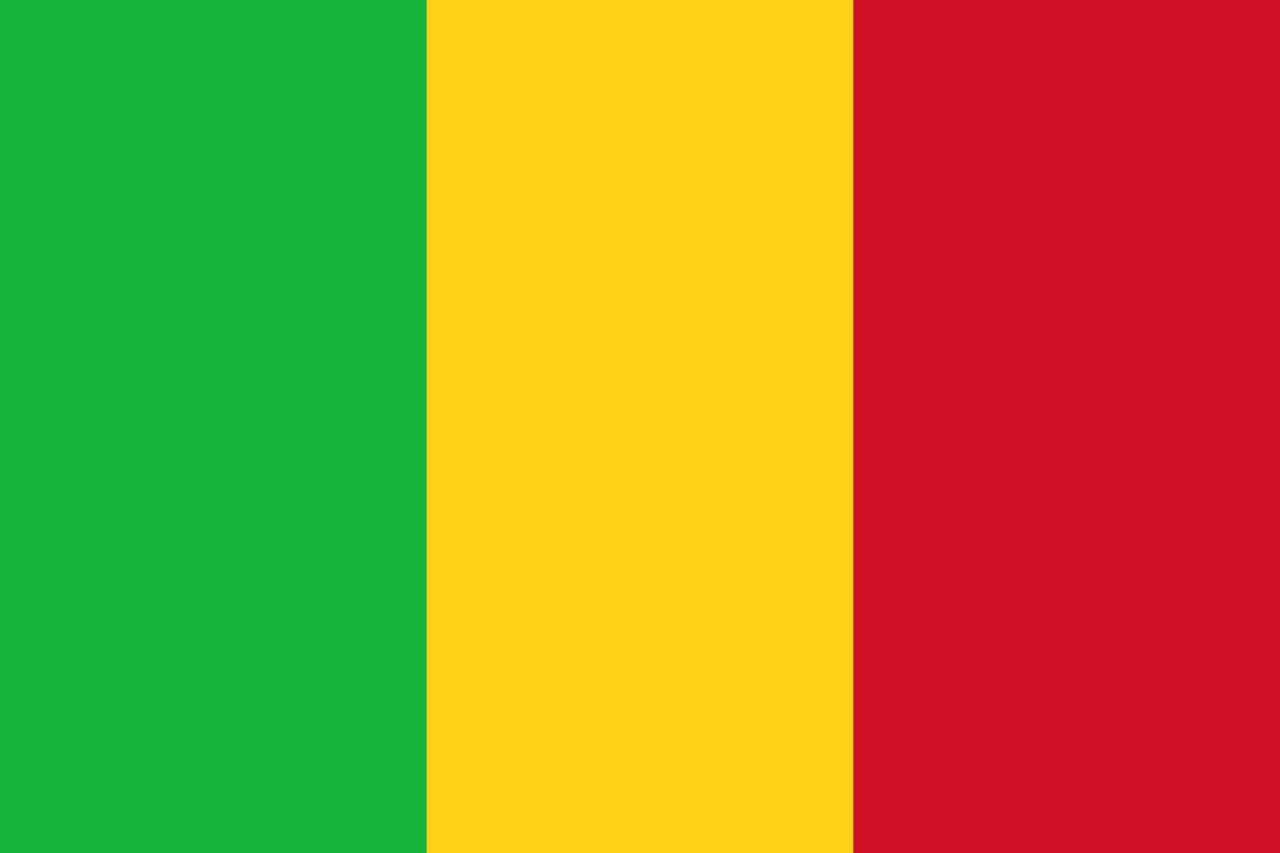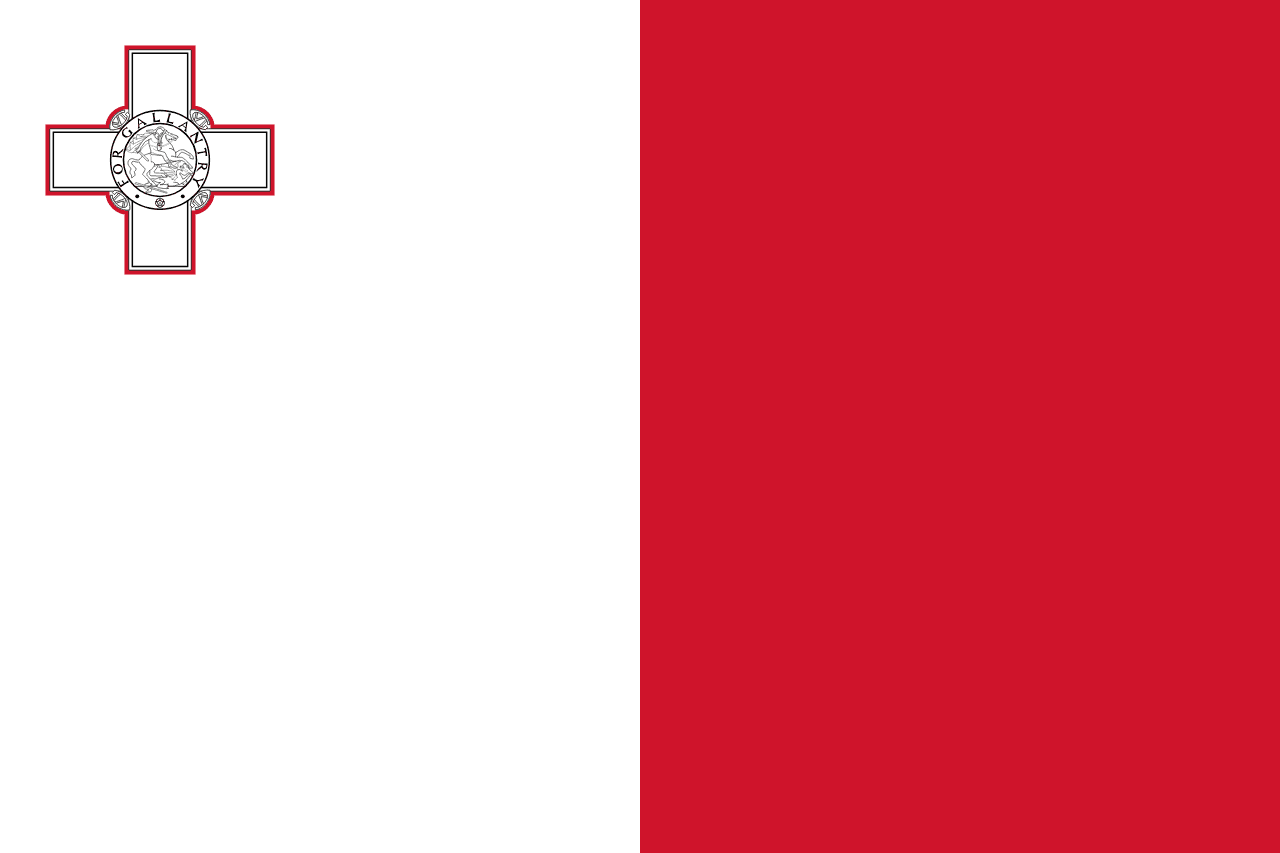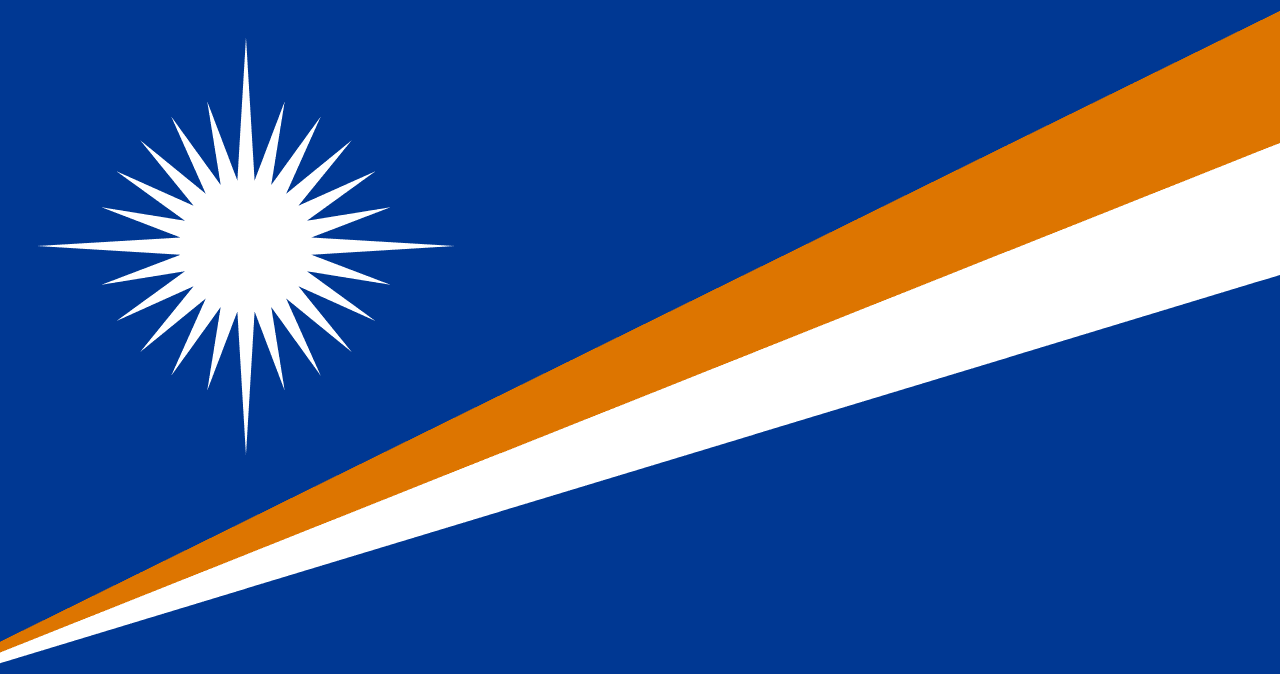The unofficial flag of Martinique, known as the "snake flag," features a striking design with a blue field, a white cross dividing the flag into four quadrants, and a white snake coiled in each quadrant. This unique and visually arresting flag has become a powerful symbol of Martinican identity and cultural heritage.
Martinique information
| National Flag Day | — |
| Sovereign state | No |
| Official name | Martinique |
| Capital | Fort-de-France |
| Population | 376,480 |
| Area | 1,128 km² |
| Currency | Euro (EUR) |
| Language | French, Martinican Creole |
| Continent | North America |
| Region | Caribbean |
| Subregion | Lesser Antilles |
| Borders | — |
| Timezone | Atlantic Standard Time (AST) UTC-4 |
| Calling code | +596 |
| Top-level domain | .mq |
History of the Martinican flag
 While not officially recognized by the French government, as Martinique is an overseas region of France, this flag has gained widespread popularity and use since the early 20th century. Its design is based on a naval ensign used by French merchant and naval ships in the 17th and 18th centuries. The addition of the snakes is attributed to Pierre-Gustave Louis Borde, a local artist and historian, who created this version in the 1760s. The flag gained prominence in the 1970s as a symbol of Martinican cultural identity and has since been widely adopted by the population.
While not officially recognized by the French government, as Martinique is an overseas region of France, this flag has gained widespread popularity and use since the early 20th century. Its design is based on a naval ensign used by French merchant and naval ships in the 17th and 18th centuries. The addition of the snakes is attributed to Pierre-Gustave Louis Borde, a local artist and historian, who created this version in the 1760s. The flag gained prominence in the 1970s as a symbol of Martinican cultural identity and has since been widely adopted by the population.
Symbolism and design of the Martinican flag
The elements of the Martinican flag are rich in symbolism. The blue field represents the Caribbean Sea and the Atlantic Ocean that surround the island. The white cross is a nod to Martinique's French heritage and Christian traditions. The four white snakes in each quadrant are stylized representations of fer-de-lance vipers, once common on the island. These snakes symbolize the indigenous Carib people and their resistance to European colonization. Some interpretations also suggest that the snakes represent the four main mountains of Martinique: Montagne Pelée, Pitons du Carbet, Morne Jacob, and Vauclin.
Usage and significance of the Martinican flag
 Despite its unofficial status, the snake flag of Martinique is widely used and deeply cherished by Martinicans. It is prominently displayed during cultural events, sports competitions, and public gatherings as a symbol of Martinican identity and pride. The flag is often seen alongside the official French tricolor, representing the dual identity of Martinicans as both French citizens and carriers of a unique Caribbean culture. It has become an important emblem in the ongoing discussions about Martinique's political status and cultural autonomy within the French Republic.
Despite its unofficial status, the snake flag of Martinique is widely used and deeply cherished by Martinicans. It is prominently displayed during cultural events, sports competitions, and public gatherings as a symbol of Martinican identity and pride. The flag is often seen alongside the official French tricolor, representing the dual identity of Martinicans as both French citizens and carriers of a unique Caribbean culture. It has become an important emblem in the ongoing discussions about Martinique's political status and cultural autonomy within the French Republic.
Interesting facts about the Martinican flag
- The snake flag is one of the few flags in the world to prominently feature animal symbols in its design.
- The flag's popularity has led to its incorporation in various aspects of Martinican culture, including art, fashion, and sports team logos.
- Martinique's official flag remains the French tricolor, as it is an overseas region of France.
- The snake flag has been a subject of debate in Martinican politics, with some advocating for its official recognition.
- The flag's design has inspired similar unofficial flags in other French overseas territories, such as Guadeloupe.
